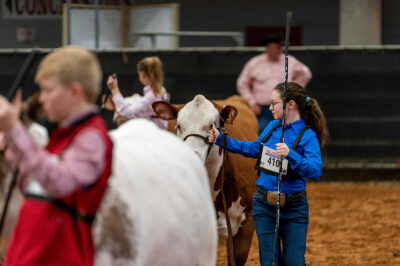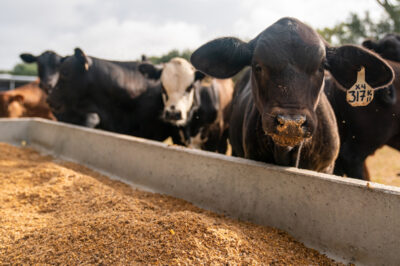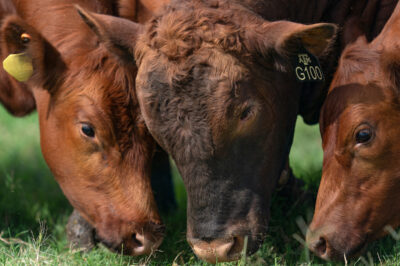Search results for: “Beef Cattle”
- Program...for agents in the county, educational resources for projects, statewide event pages, and more. Agriculture & Livestock Program From stock shows to beef, dairy, goats, dogs and cats, learn responsibility...

- ...miles, with agriculture being the primary industry. Agricultural production includes cotton, wheat, grain sorghum, hay, and cattle. There are five school districts and various communities throughout the county. School districts...
- ...hay, and cotton. Potatoes, peaches, and pecans are also grown here. Cattle ranching has been important to the local economy. Mineral resources include salt domes, brine, petroleum, and natural gas....
- ServiceBovine respiratory disease, BRD, is a general term that describes a complex of viruses and bacteria. Each year, cattle producers spend an estimated $3 billion on prevention, treatment, and production...

- District Office...made up of smaller acreages with more intense management of cattle, forage and hay. Industry is also making its way to the district as the populations of the metroplex grow...

- PublicationThis publication explains how diseases are transmitted and how dairy producers can establish prevention programs with proper biosecurity practices. Tables list common diseases of dairy cattle and ways they are...
- PublicationThis field guide describes and illustrates the 106 most common potentially toxic plants in Texas. Included are clinical signs in cattle, horses, sheep and/or goats; toxic agents; suggested treatments for...
- Publication...for Bos indicus-crossed calves Extension faculty collected data from the sales of 1,847 head of cattle in Bee, Karnes, Jim Wells, Live Oak, and Starr Counties. This publication explains the...


